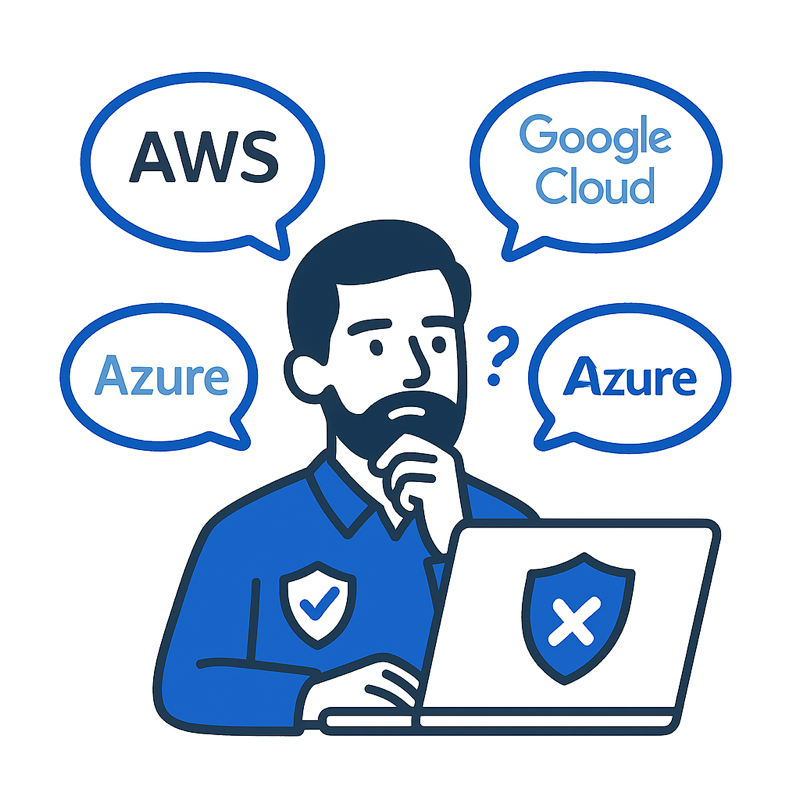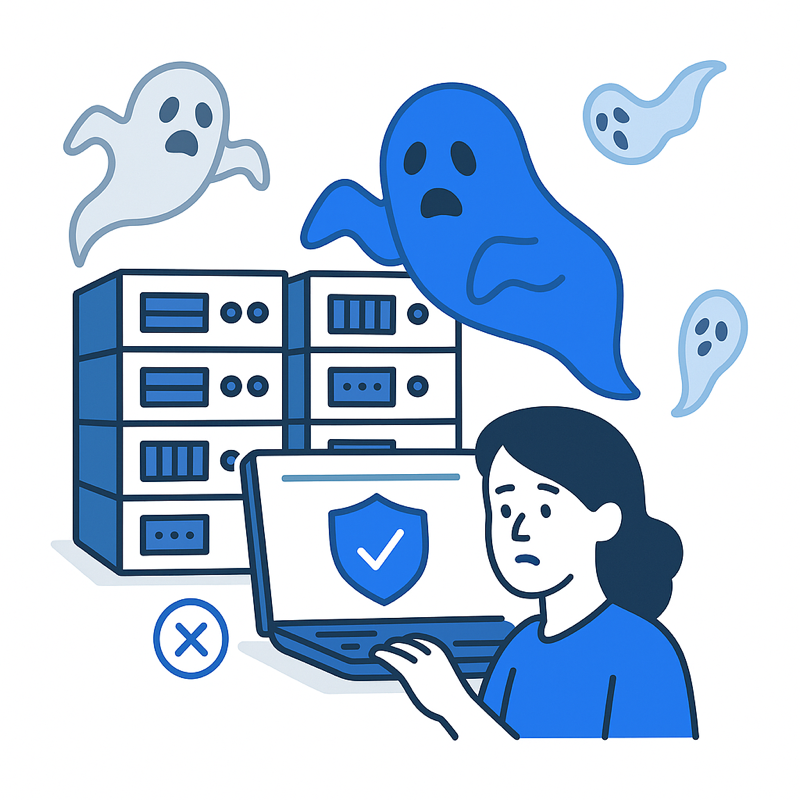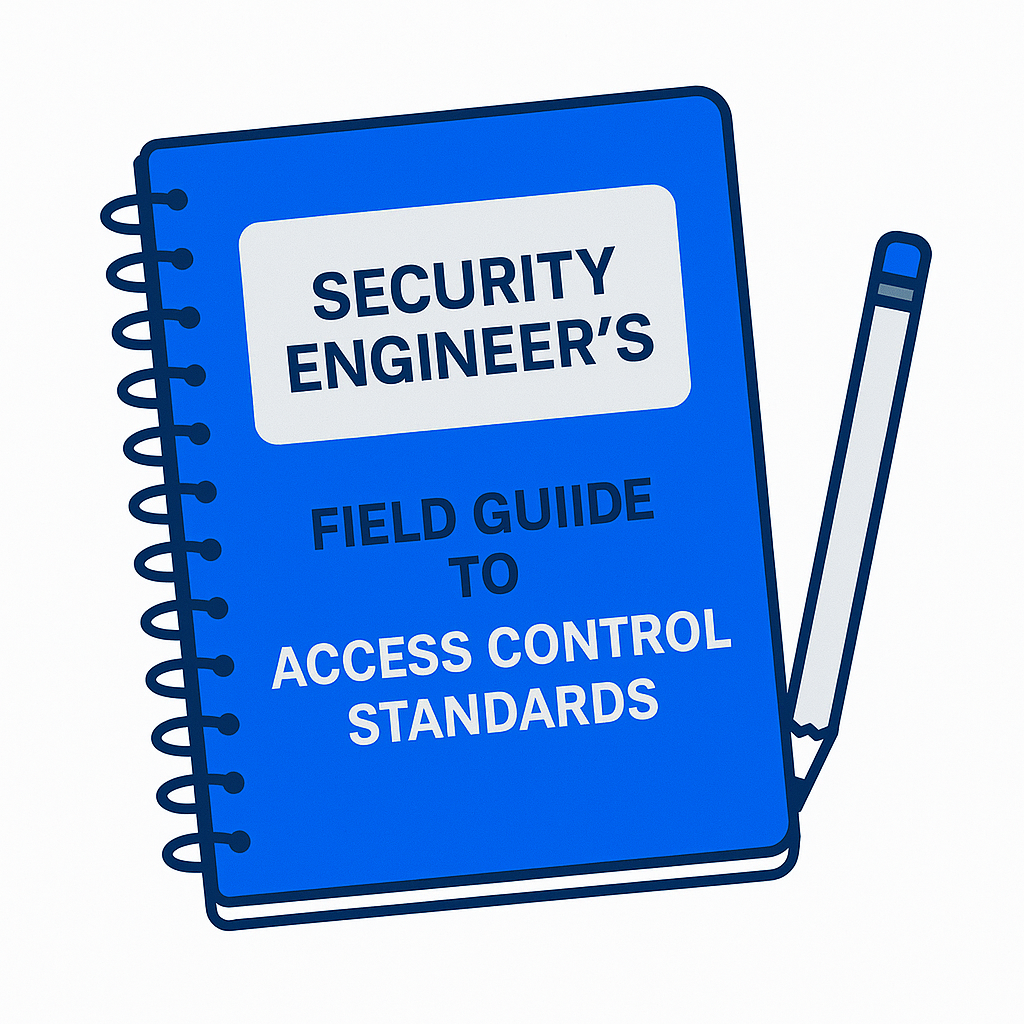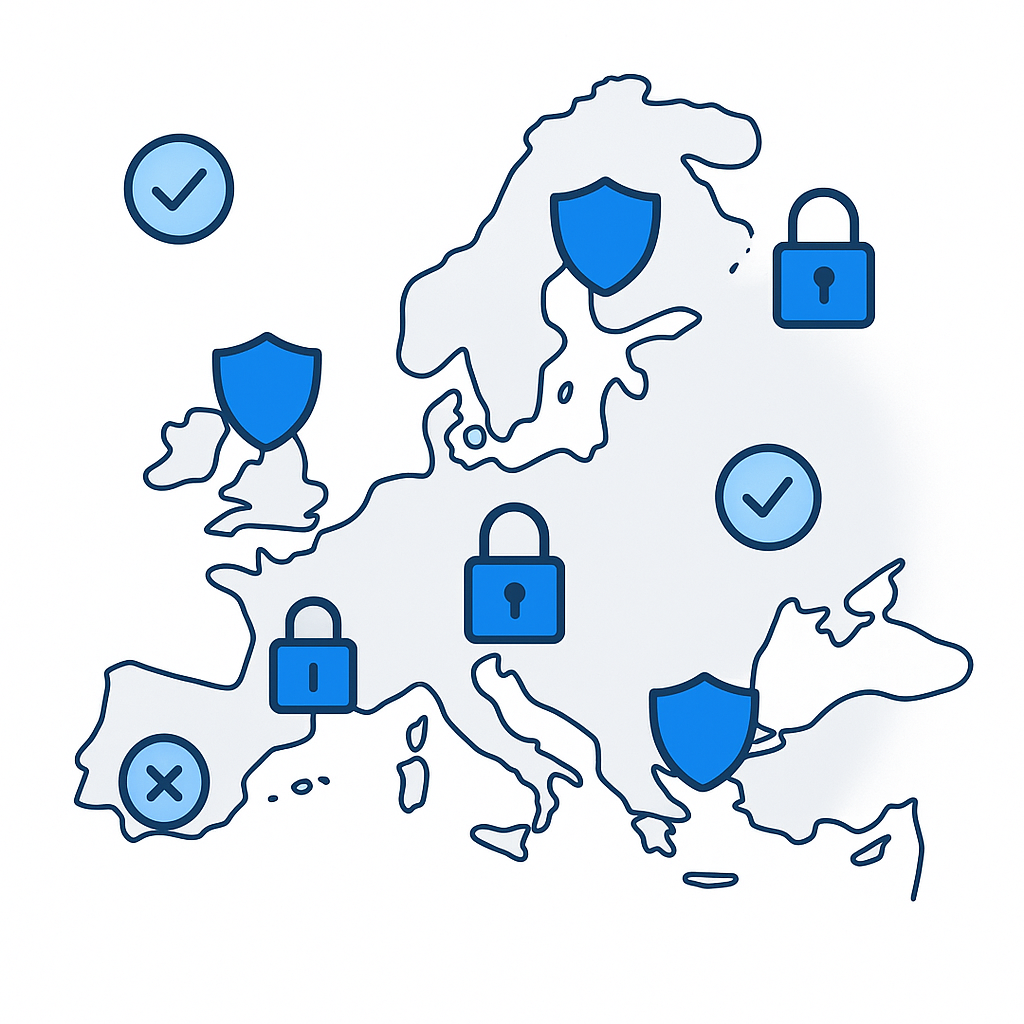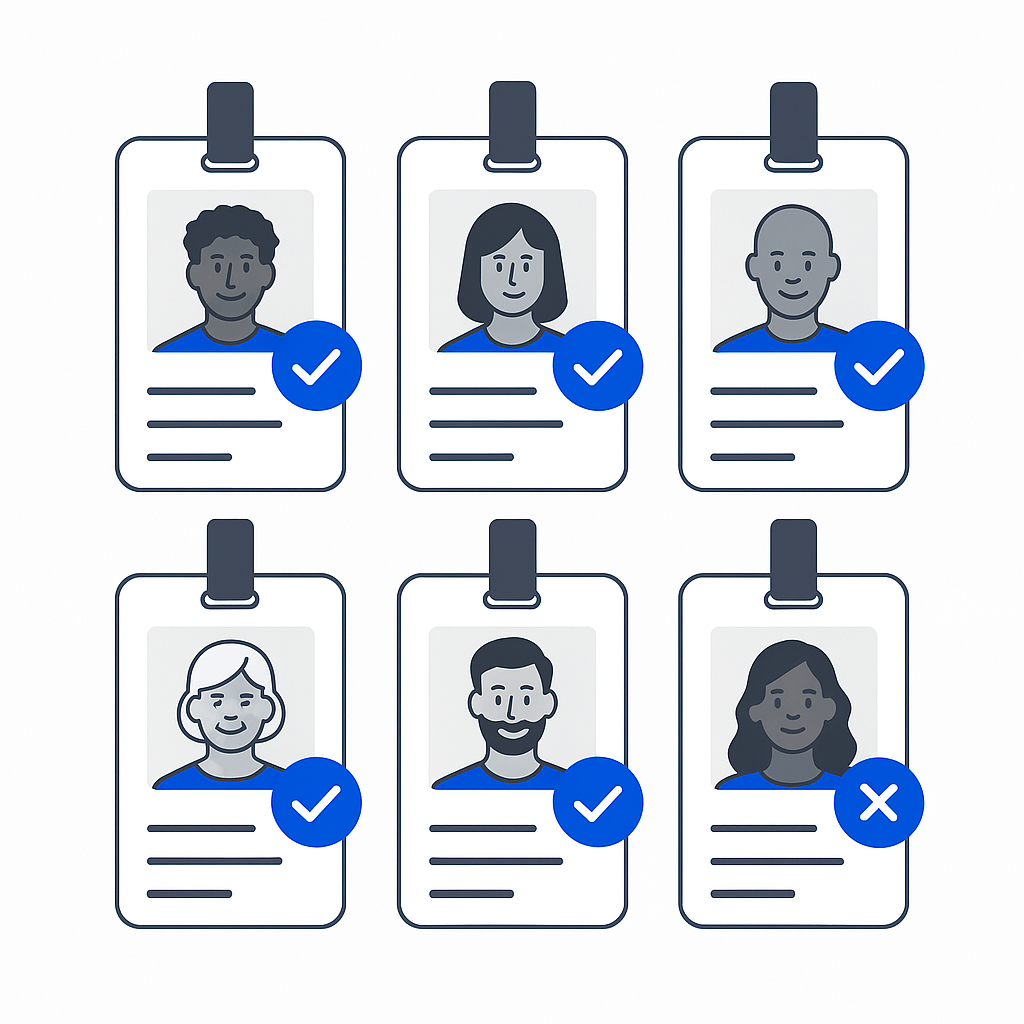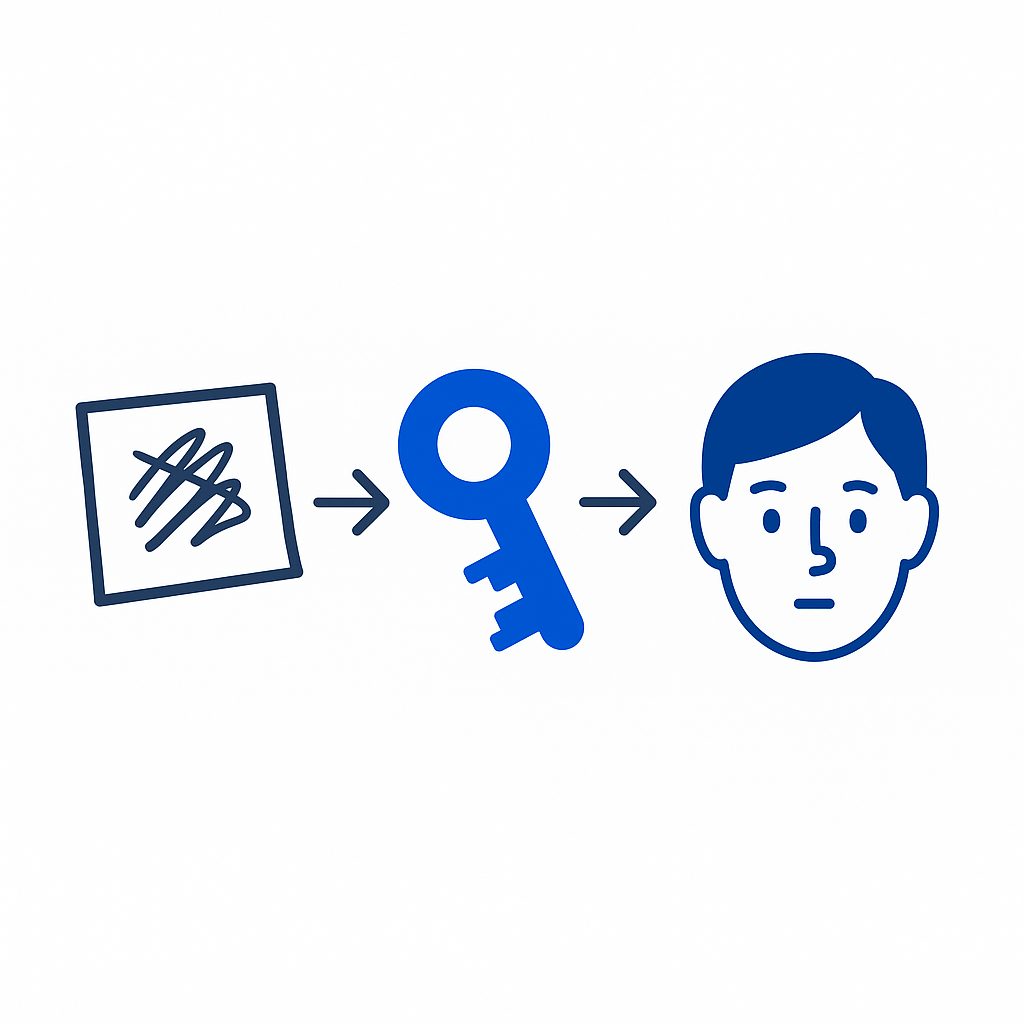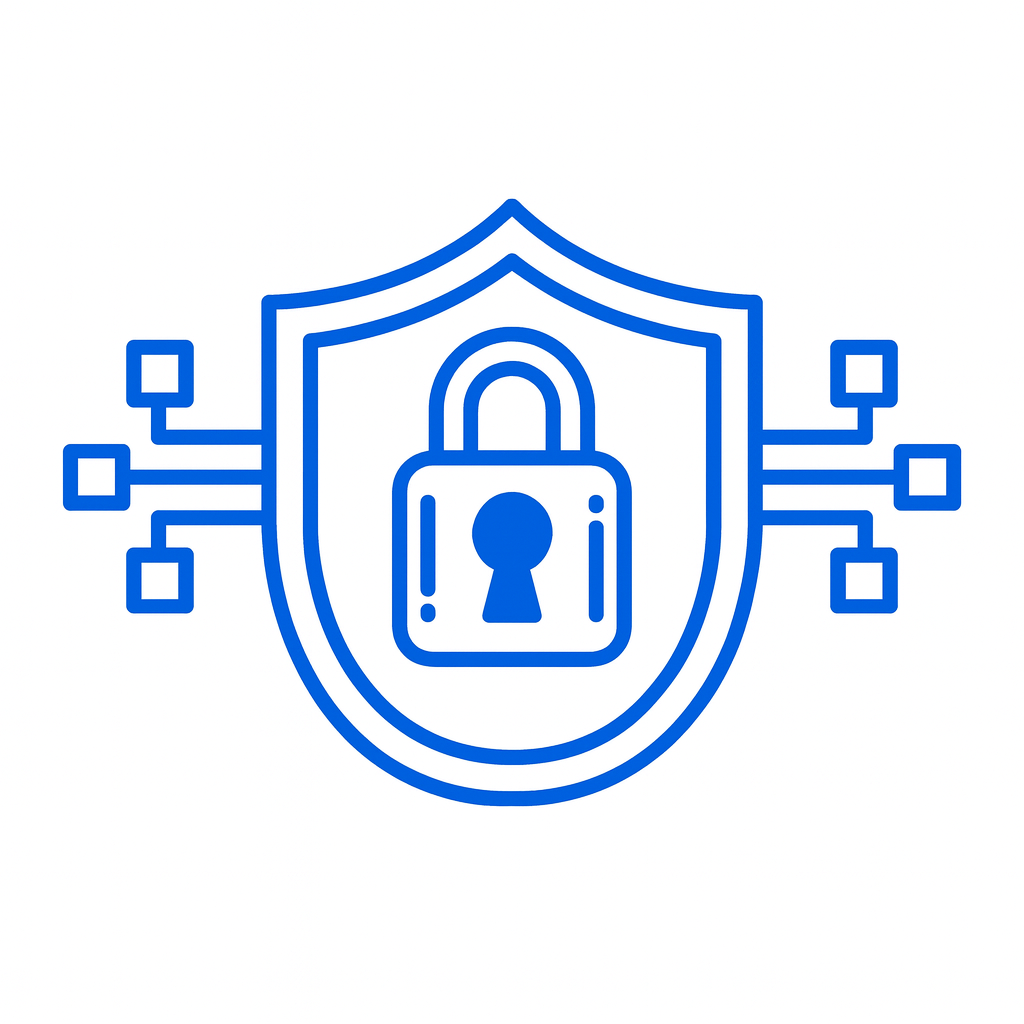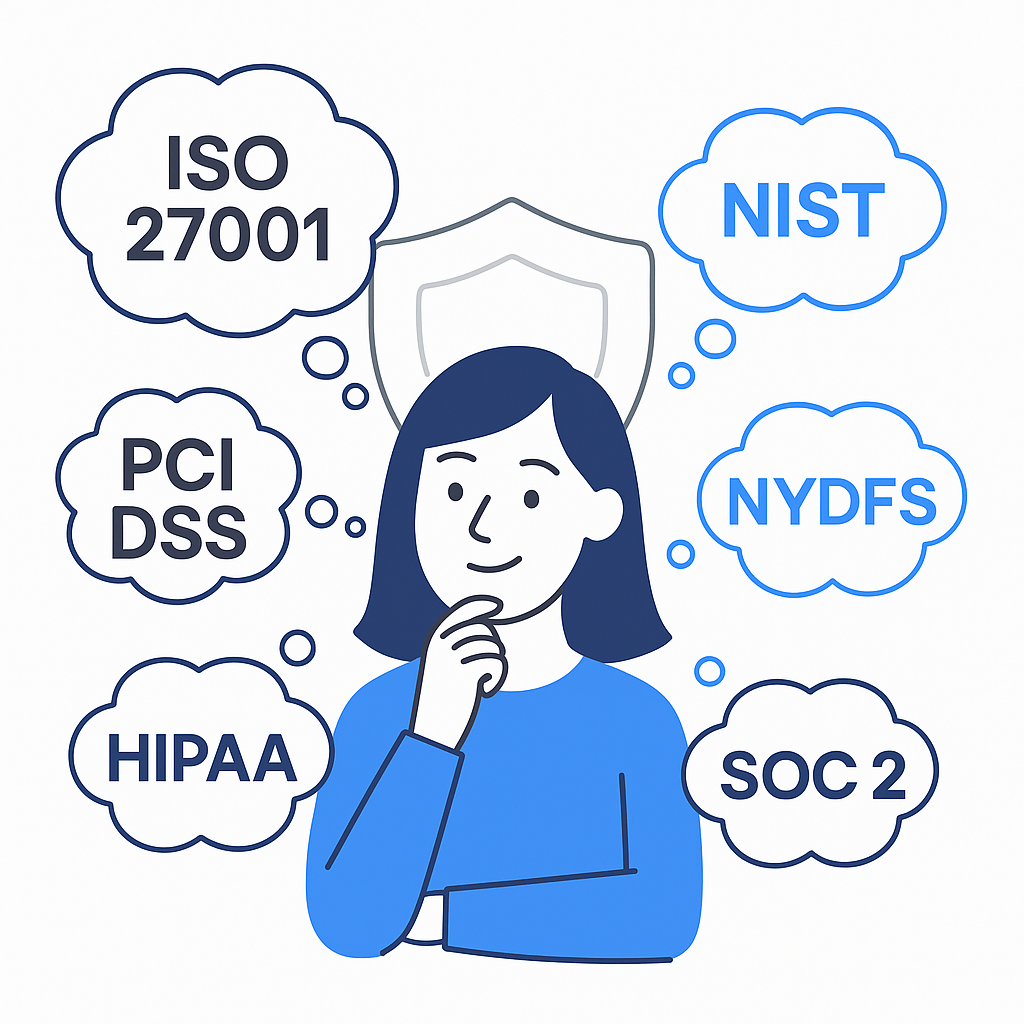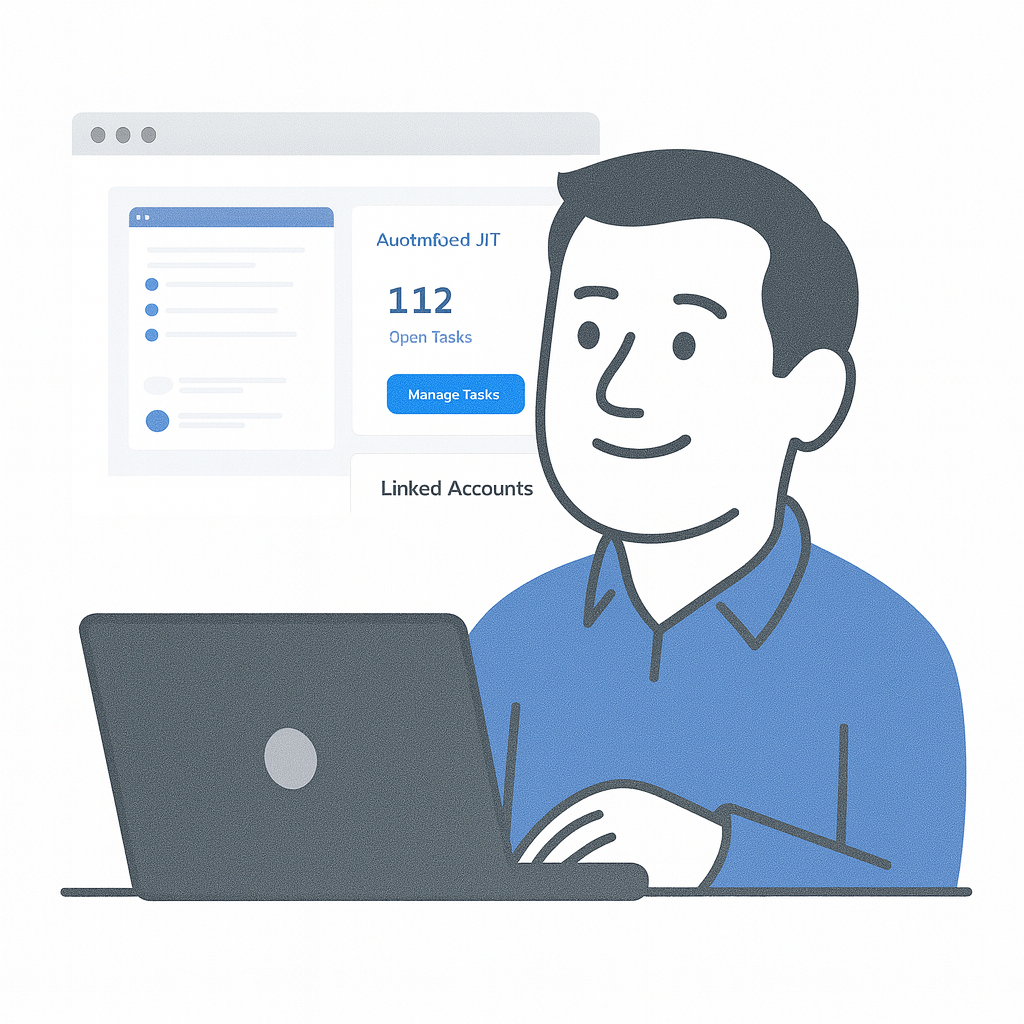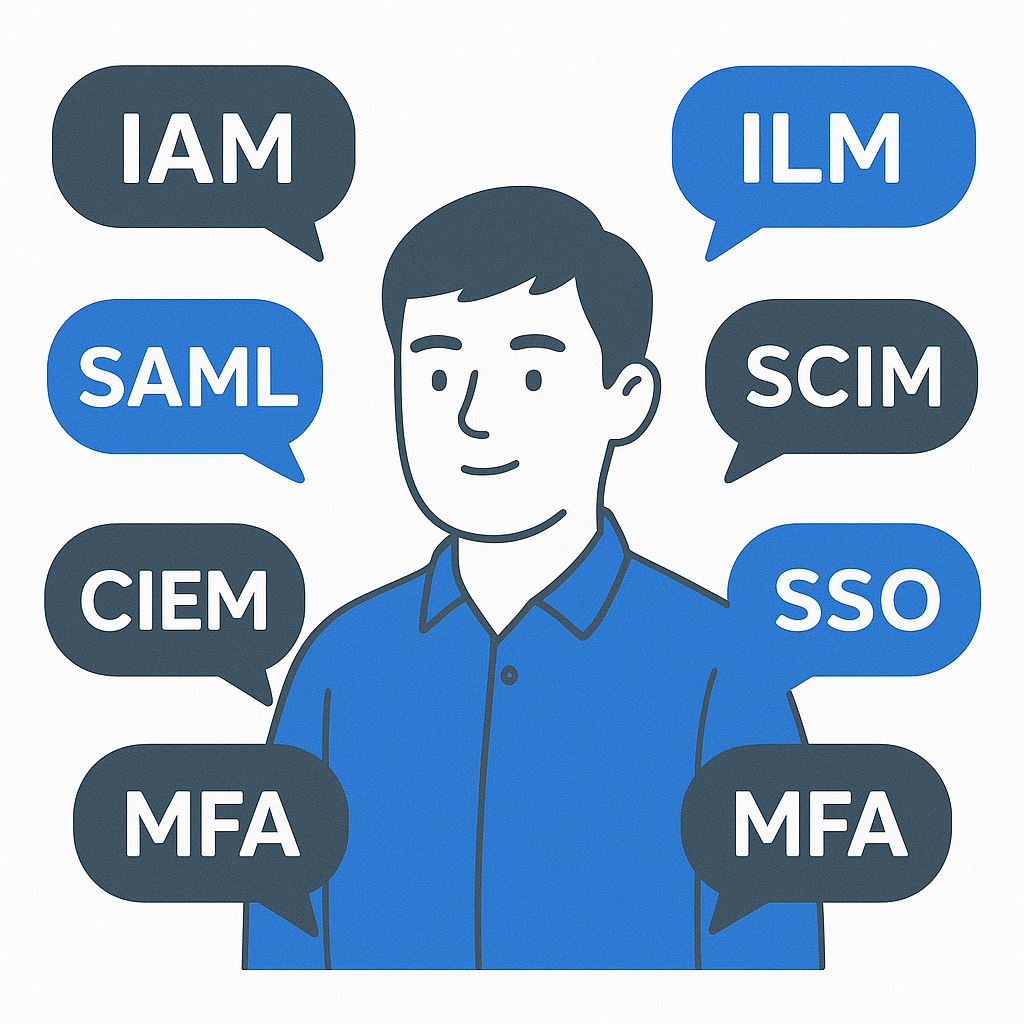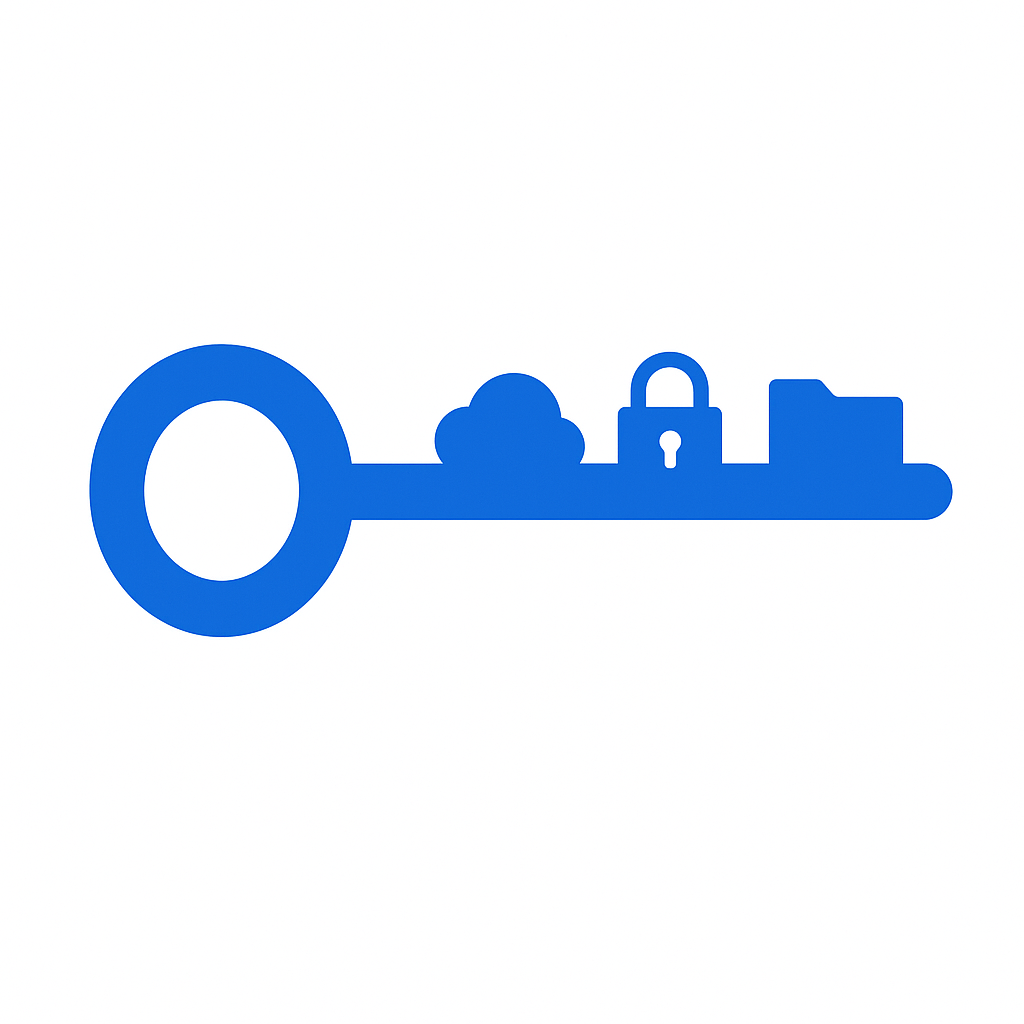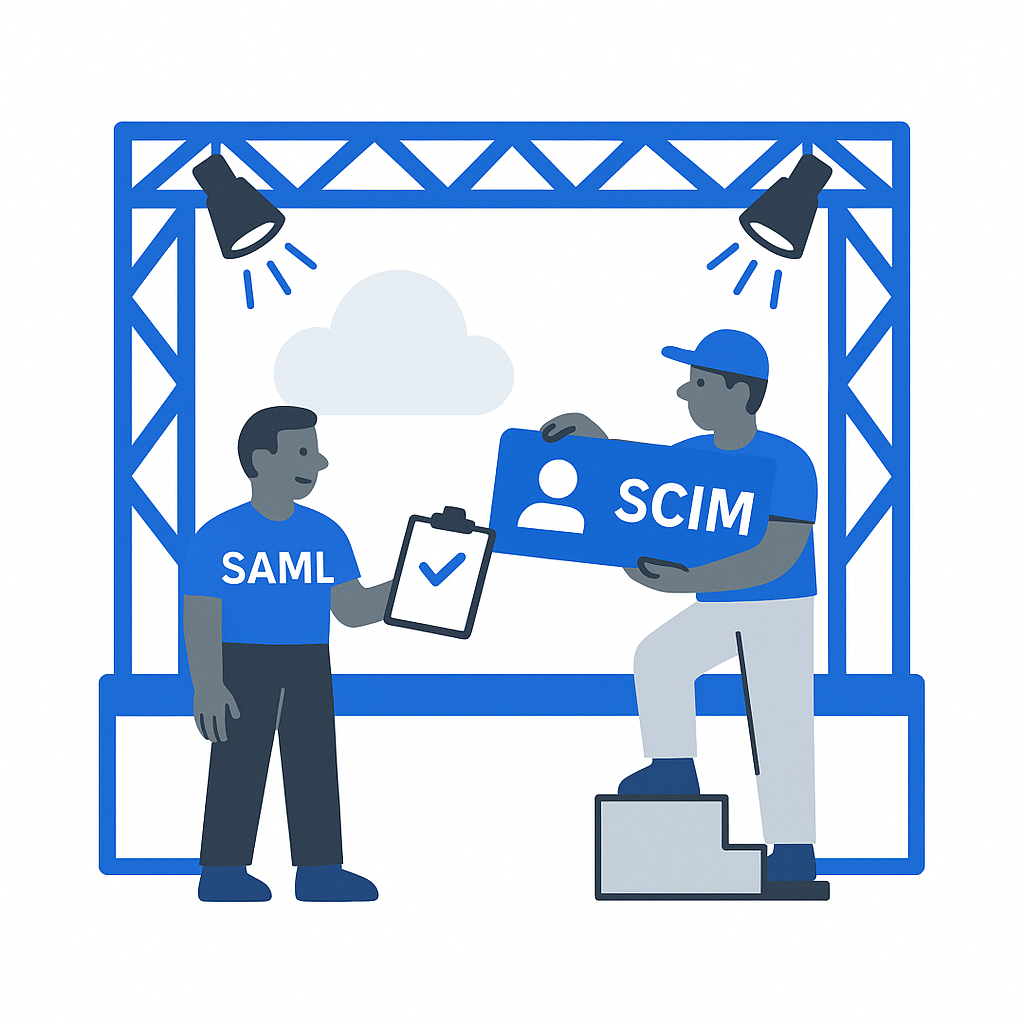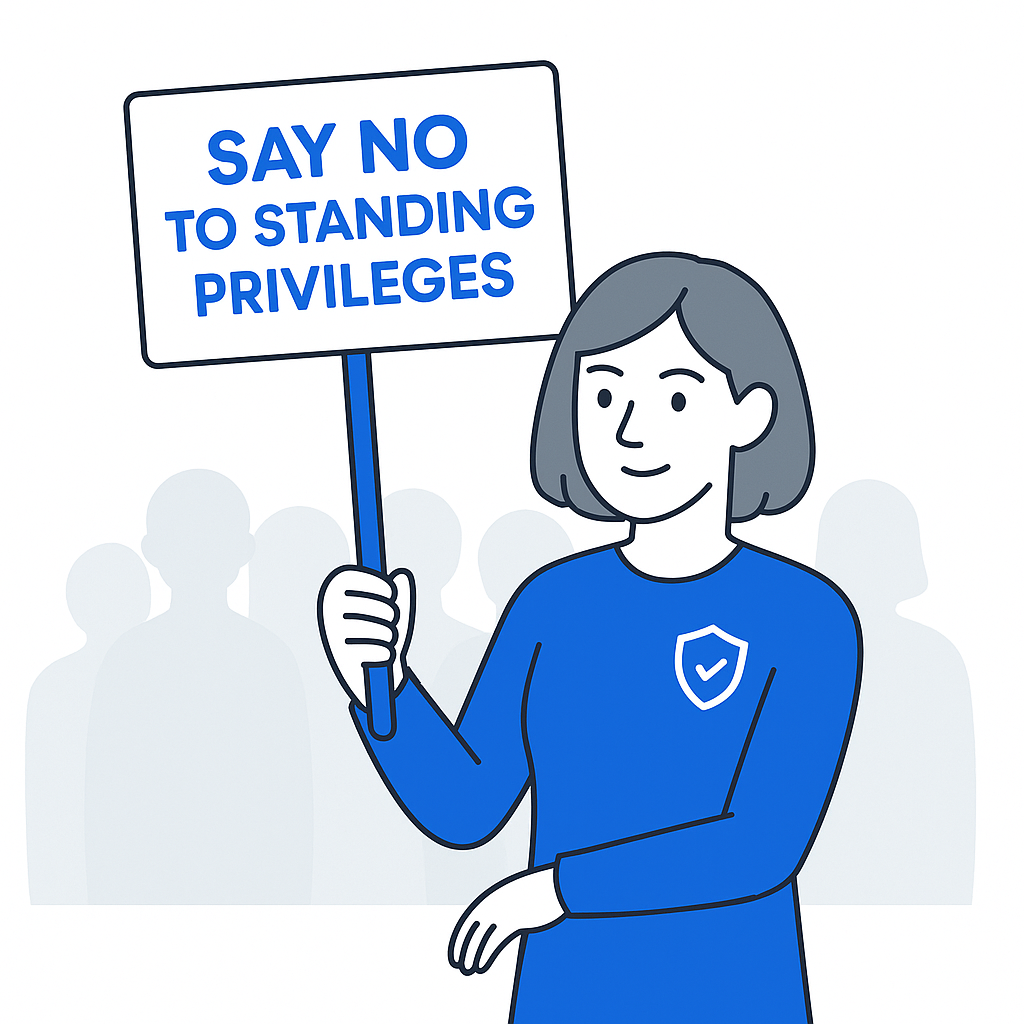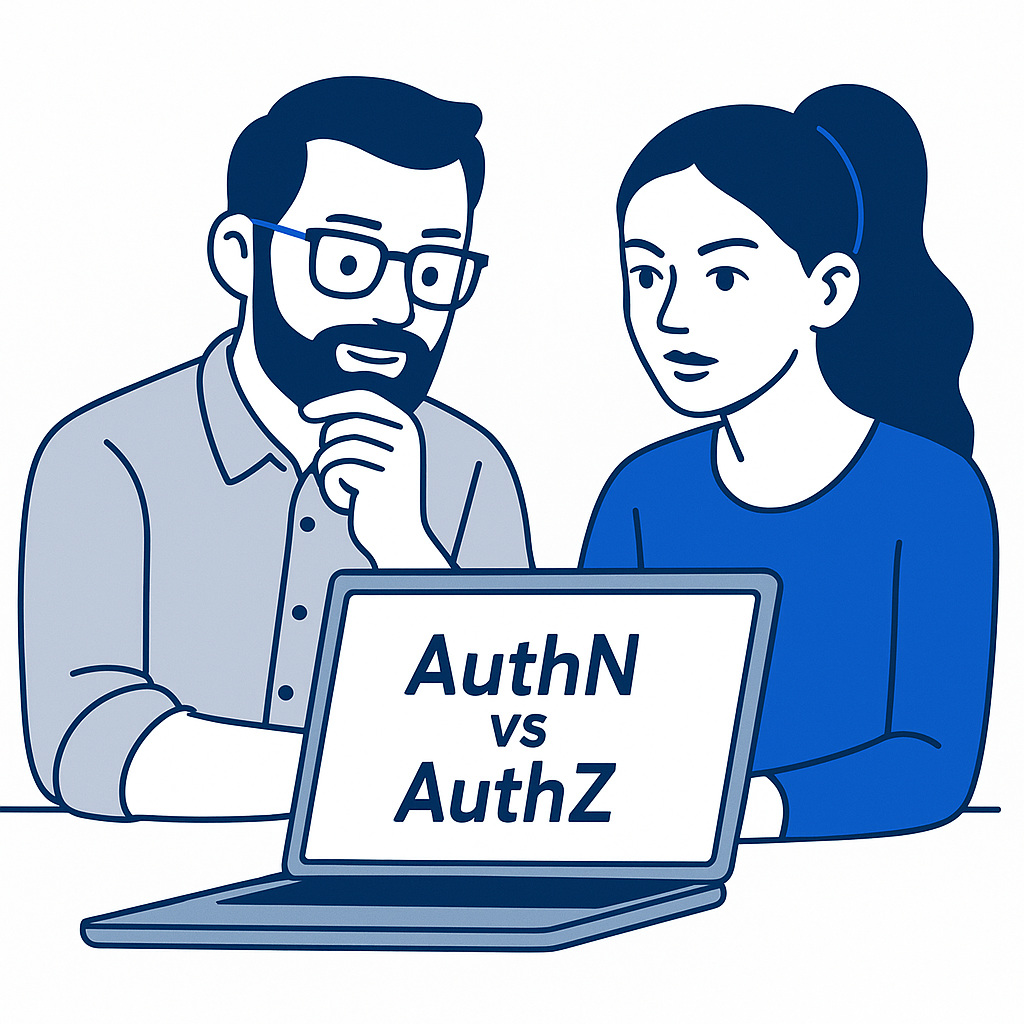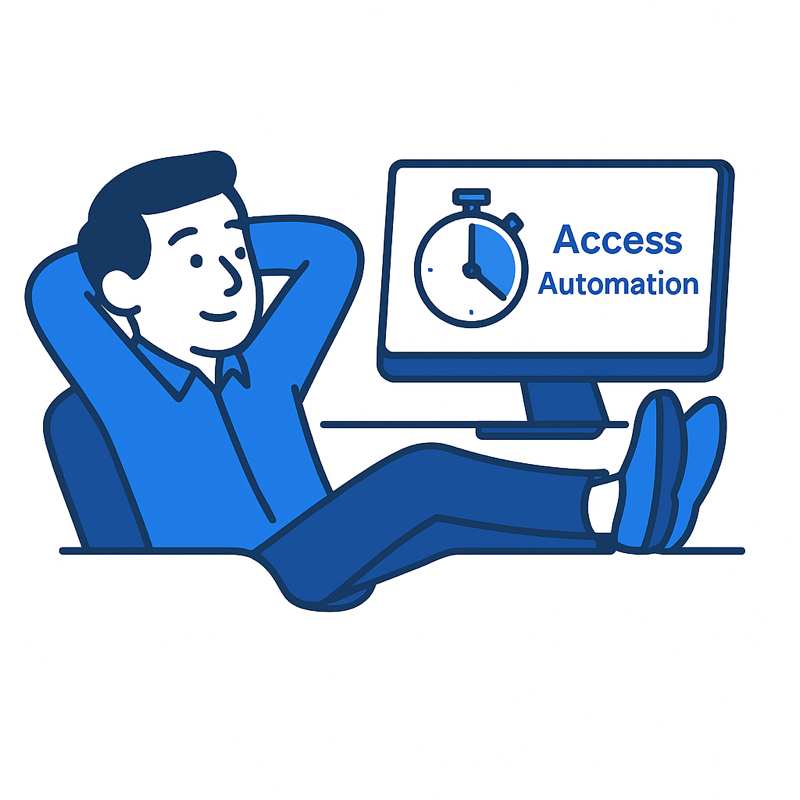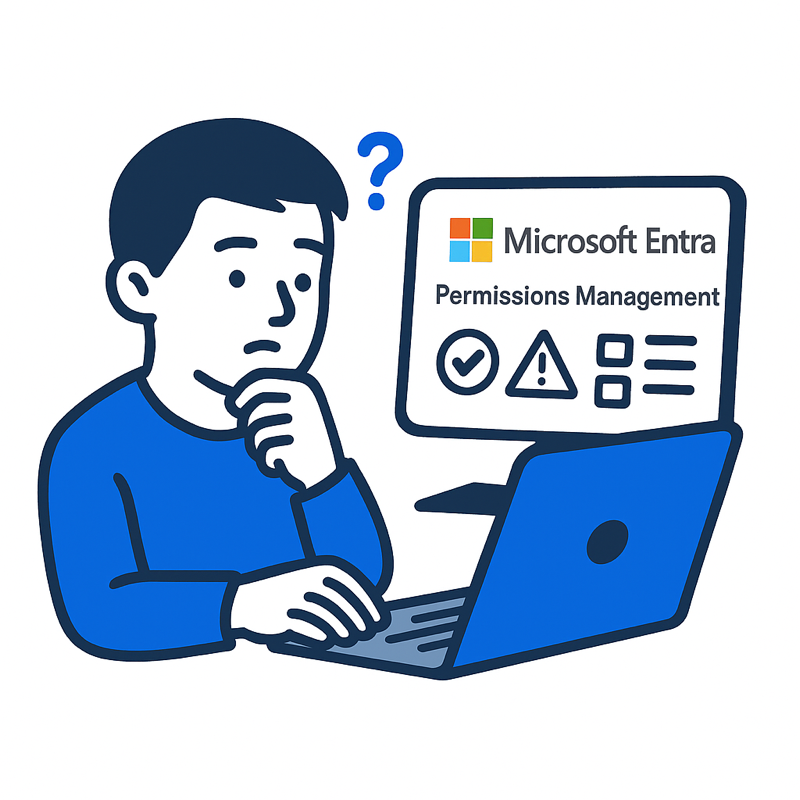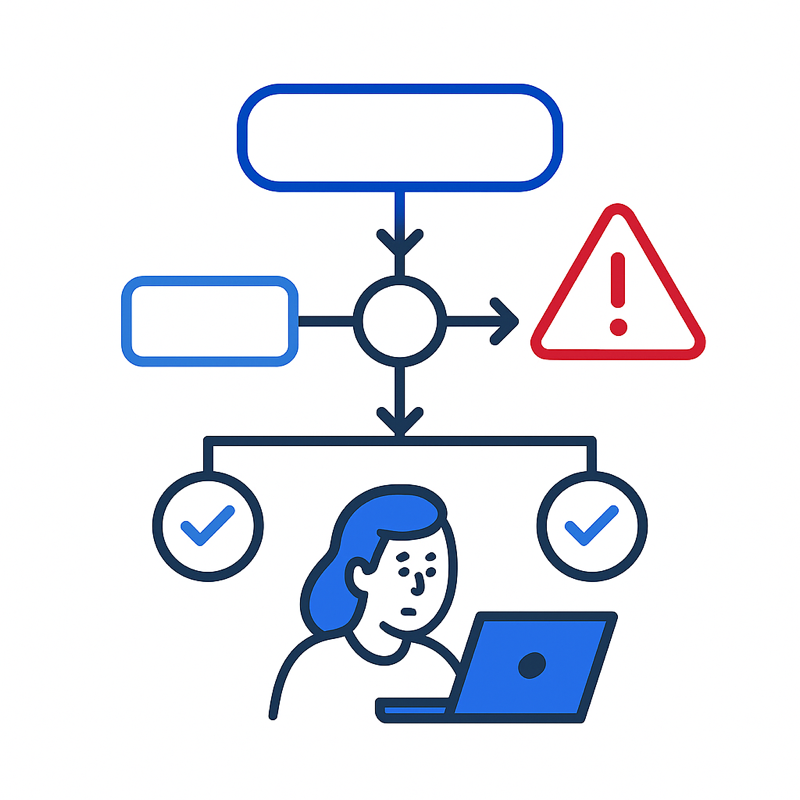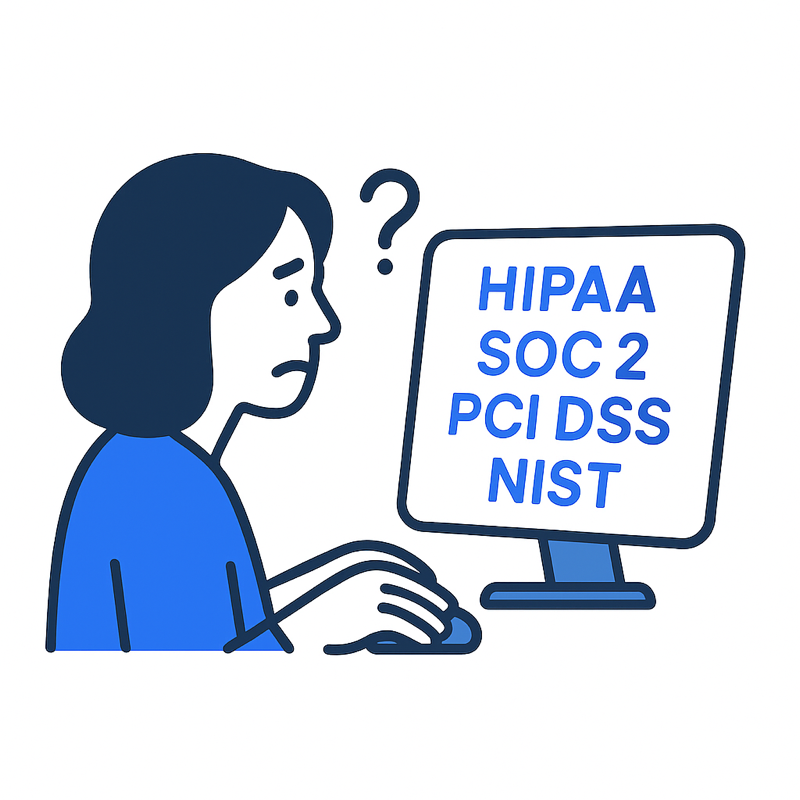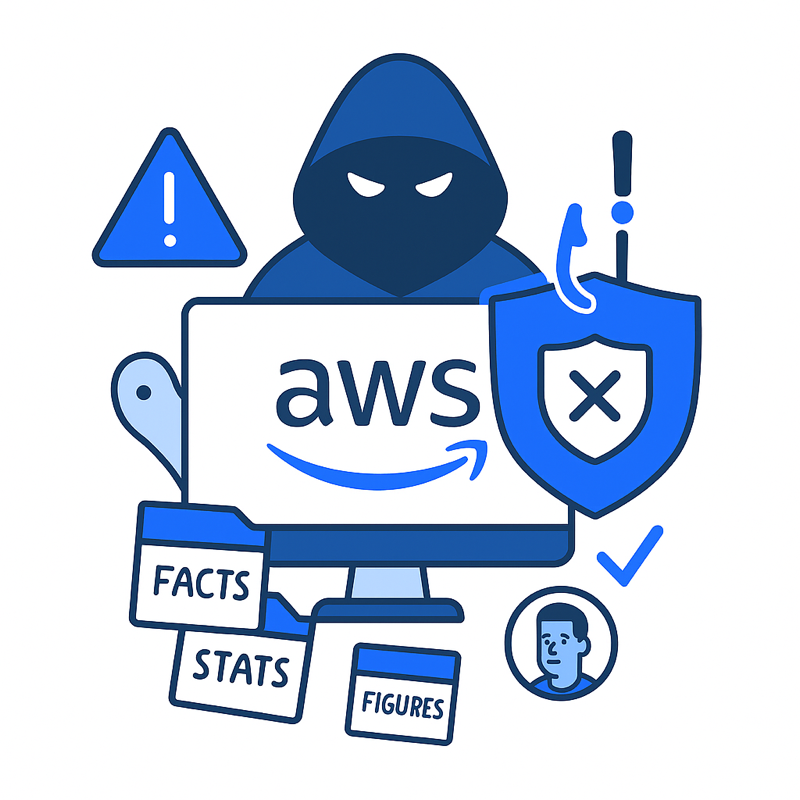International Cybersecurity Standards: 20 Frameworks That Expect JIT Access and No Standing Privileges
When I began mapping out the top international cybersecurity standards that whisper, or more often shout, about just-in-time (JIT) access and zero standing privileges (ZSP), I realized a thing:
These concepts aren’t always spelled out in the fine print. They often steer the conversation under the hood, nudging organizations toward zero‑trust ideals without blatantly naming them.
So this isn’t your usual regurgitation of clause numbers. It’s a tour of just a few of the frameworks and standards that either explicitly or implicitly demand that no one has everlasting keys to the castle, and they only get access when absolutely necessary.
- ISO/IEC 27001 kicks off the list. This flagship information security management system (ISMS) standard doesn’t drop the terms “just‑in‑time” or “zero standing privileges,” but its insistence on “least privilege” and on-demand access control systems points firmly in that direction. It’s the invitation, even if it isn’t dishing out the buffet.
- ISO/IEC 27002 deepens the story. Packed with control objectives, it practically nudges infosec teams to engineer mechanisms that are reactive rather than permissive. Again, the spirit of JIT permission.
- ISO/IEC 27017 (cloud guidance) and 27018 (cloud privacy) both build on 27002’s foundation and tighten the screws around temporal and conditional access, leaning heavily, if quietly, into “grant‑only‑when‑needed” thinking.
- ISO/IEC 27019 for energy utilities faces operational technology (OT) reality head‑on, urging that privileged operations be exception‑driven and time‑bounded. Implicitly JIT, explicitly zero‑trust.
- ISO/IEC 27701 (privacy ISMS) folds in identity lifecycle management; its zero‑standing‑privilege tone echoes through policy controls that demand access evidence at every turn.
- IEC 62443, the industrial OT series, gets more literal. Part 4‑2 explicitly requires least‑privilege models. Part 2‑4 on remote access even mandates time‑limited user privileges, i.e., on‑demand access, no freebies for standing accounts.
- Common Criteria (ISO/IEC 15408) encourages systems to only provide privileges for enacted functions. Scope + duration tightly controlled, aligned with JIT and ZSP philosophies.
- EN 17927 (SESIP) for IoT security constantly warns: no default admin credentials, no permanent privileges. Grant, audit, revoke.
- NIST Cybersecurity Framework (CSF) doesn’t use those acronyms, but through its “Protect” function and references to NIST SP 800‑53, it endorses controls that quarantine privileged sessions and auto‑expire elevated access.
- NIST SP 800‑53 itself outlines controls like AC‑2, AC‑6: least privilege, time‑limited access, revocation, perfectly echoing JIT/ZSP without naming them.
- NIST SP 800‑207 (Zero Trust Architecture) is nearly a manifesto. It demands identity-centric, policy‑based, ephemeral privilege assignment, with JIT and ZSP baked in.
- NIST SP 800‑171 for protecting CUI (Controlled Unclassified Information, a U.S. Federal government designation for sensitive but unclassified information that requires specific handling and protection) mirrors those requirements. Grant only as necessary, revocations are timely, and no always‑on accounts are sanctioned.
- PCI DSS, or the or Payment Card Industry Data Security Standard, with its strict requirement for unique user IDs and disabling inactive accounts, practically enforces JIT/ZSP by administrative attrition.
- CIS Controls (V8) explicitly call for credential vaults that rotate on checkout. A textbook JIT credential model.
- GDPR’s Article 32 may be about data, but it mandates technical/organizational measures including access management that isn’t forever, only when justified.
- HIPAA Security Rule is similarly blunt: identify and limit access only as necessary.
- SOC 2 (CC6) emphasizes change management and least privilege. No temp‑born gods of the system—only need‑to‑know access.
- TISAX (auto industry) insists on access rights aligned with roles—and revoked when no longer needed, echoing the ephemeral access model.
- ETSI EN 303 645 for consumer IoT urges developers to prohibit always‑on privileged interfaces.
- Cloud Security Alliance’s CCM and CAIQ frameworks ask vendors to demonstrate ephemeral access, privilege justification, and timely deprovisioning.
Now, to bring the drama back to JIT and ZSP: these aren’t just buzzwords; they’re behavior drivers. Gartner says “JIT reduces the risk of privileged access abuse, and ZSP reduces the attack surface of privileged accounts themselves”. And StrongDM puts it elegantly: “Zero standing privileges…removing all permanent user access permissions” combined with “just in time” credential issuance. CyberArk distils it down: “ZSP is a progression from…just‑in‑time access…removing all entitlements until temporary access is authorized”.
So when a standard demands least‑privilege, session expiration, access reviews, temporary admin elevation, or credential rotation, they’re giving organisations JIT bricks and ZSP mortar. Not every framework will say “ZSP” in neon lights, but enough of them build on its foundation that if your infrastructure doesn’t operate that way, you’re not compliant, even if you pass every checkbox.
In my experience at the cybersec/SME coal-face, this blend of policy, tooling, and mindset is mandatory. Automated access provisioning (privileged access management strategies, vaults, timeouts) isn’t just efficiency. It’s insurance against credential stagnation turning into full‑blown breaches. So if you’re mapping any of these 20 international cybersecurity standards in your governance, risk, and compliance (GRC) matrix, double‑check they’re not just whispering compliance. They expect our users to knock first, never just waltz in.
If you’d like to know more about meeting international cybersecurity standards and smoothing the auditing process with ease and speed, please drop us a line. No obligation We’re always here to help.




